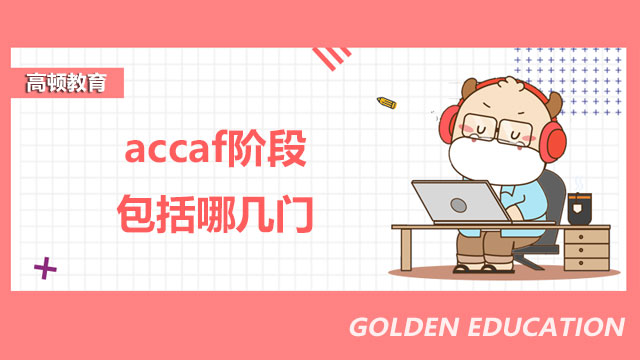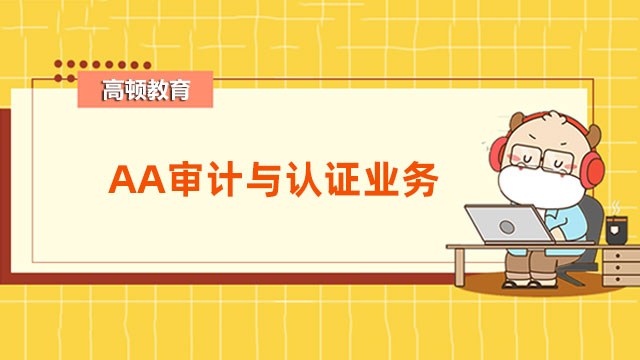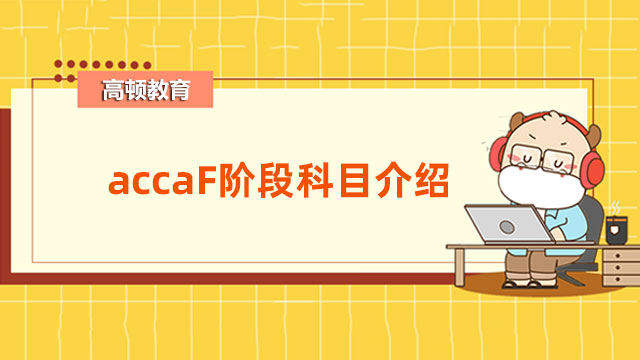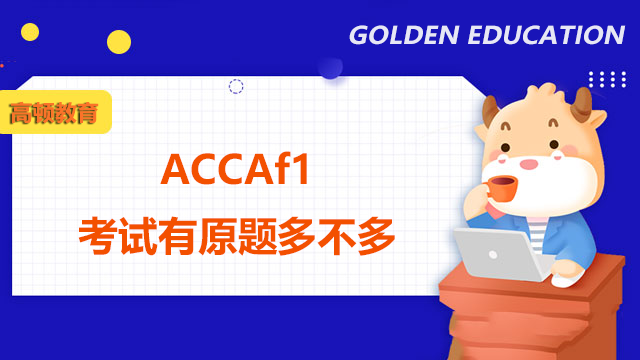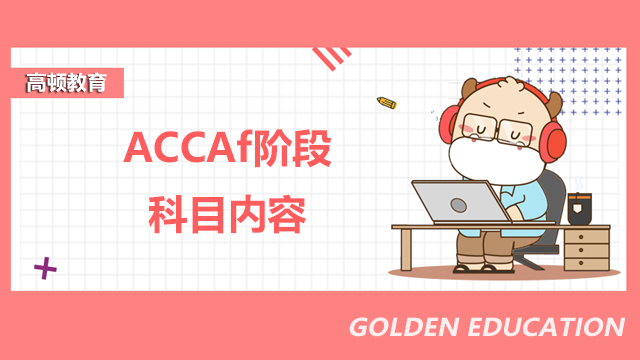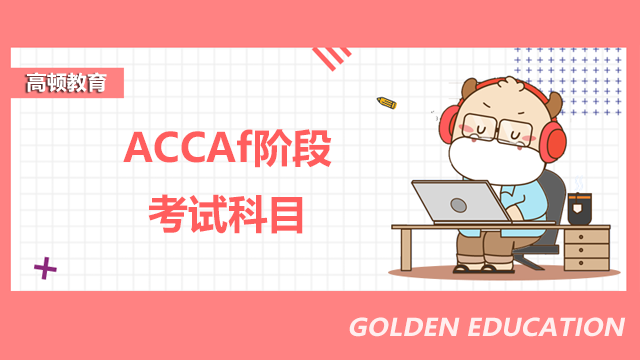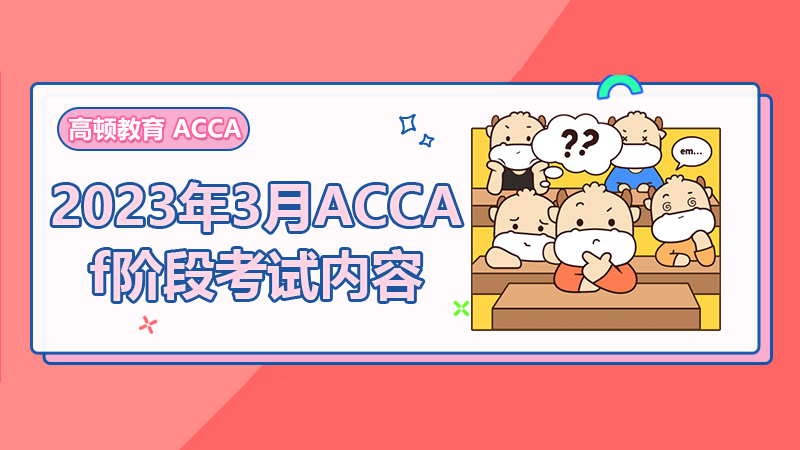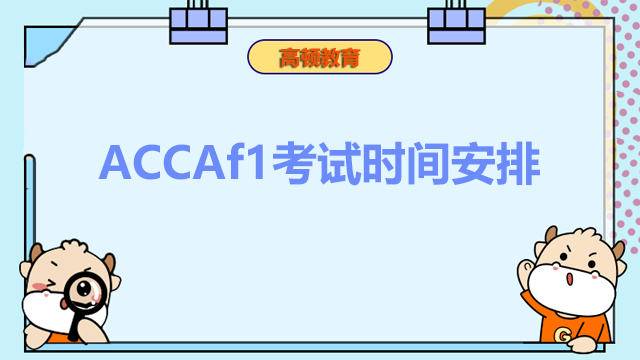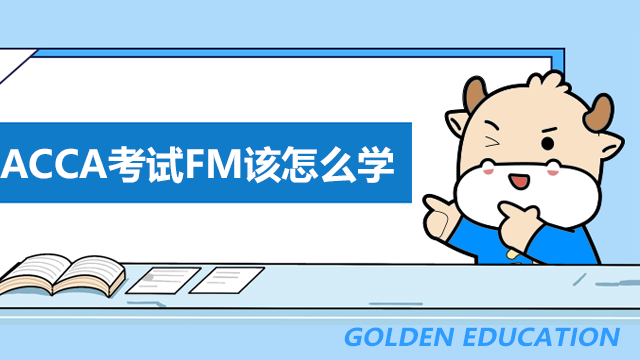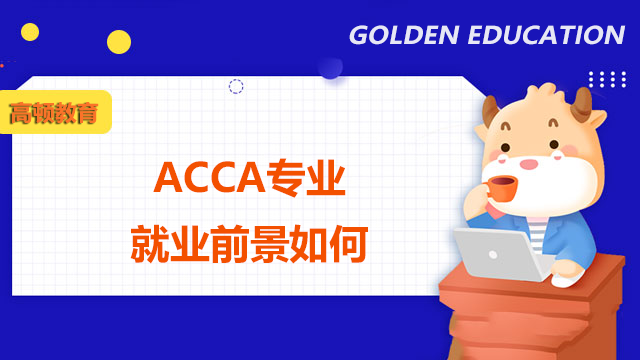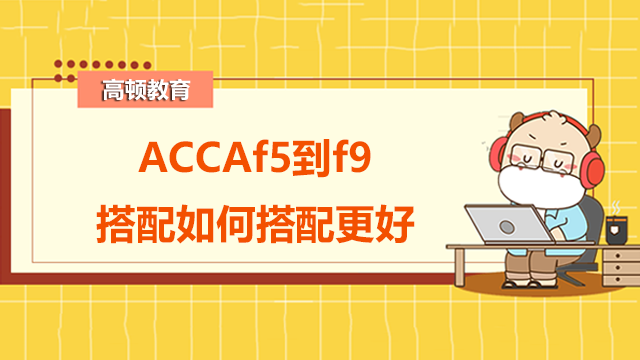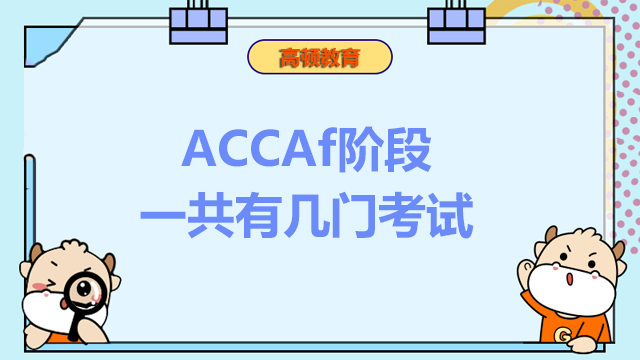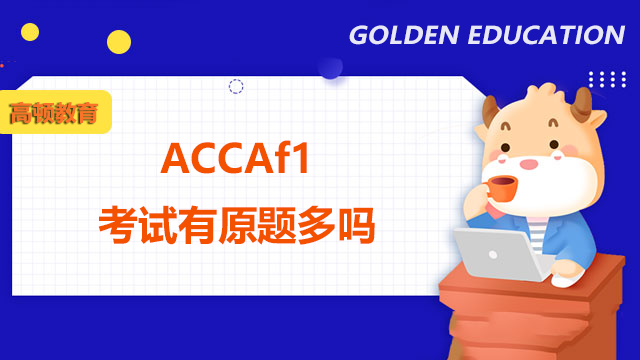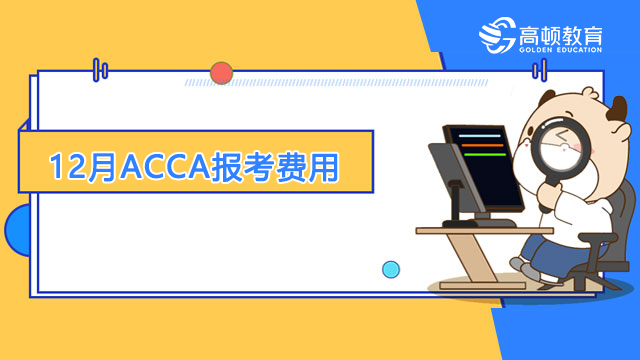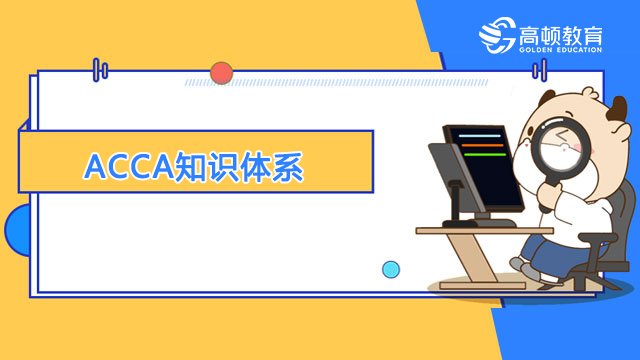2012年ACCA考试《F1会计师与企业》讲义17
来源:
高顿网校
2013-05-24
3 Writers on culture
There are three writers you need to have knowledge of: Schein, Handy and Hofstede.
3.1 Schein
Schein argues that the first leaders of a company create the culture of an organisation. Once the culture exists, the attributes/criteria for the later leaders are determined by the culture. Thus the link between culture and leadership is very strong.
Schein further commented that it if leaders are to lead, it is essential that they understand the culture of the organisation. In order to try and define culture, Schein described three levels:
§ Artefacts – these are the aspects of culture that can be easily seen, e.g. the way that people dress.
§ Espoused values – these are the strategies and goals of an organisation, including company slogans etc.
§ Basic assumptions and values – these are difficult to identify as they are unseen, and exist mainly at the unconscious level.
New employees find the last level of culture the most difficult to understand, and lack of understanding of the basic value is one of the main contributors to failure when trying to implement change.
Test your understanding 1
Schein said that leadership and culture were totally divorced from one another. True or false?
Test your understanding 2
State three aspects of culture that could be classified as artifacts.
3.2 Handy
Handy popularised four culture types.
§ The power culture – Here, there is one major source of power and influence. This is most likely to be the owner(s) of the organisation, who strive to maintain absolute control over subordinates. There are few procedures and rules of a formal kind.
§ The role culture – In this version of culture, people describe their job by its duties, not by its purpose. It is a bureaucratic organisation, where the structure determines the authority and responsibility of individuals and there is a strong emphasis on hierarchy and status.
§ The task culture is best seen in teams established to achieve specific tasks, e.g. project teams. People describe their positions in terms of the results they are achieving. Nothing is allowed to get in the way of task accomplishment. If individuals do not have the skills or technical knowledge to perform a task they are retrained or replaced.
§ The person culture is characterised by the fact it exist to satisfy the requirements of the particular individual(s) involved in the organisation. The person culture is to be found in a small, highly participatory organisation where individuals undertake all the duties themselves, for example, a barrister in chambers.
Expandable text
The power culture – This culture tends to rely on a central figure for its strength and has lines of communication which not only radiate out from this centre but link side ways across the organisation. This may be expressed as a web. The boss sits in the centre, surrounded by ever widening circles of intimates and influence. There are few procedures and rules of a formal kind and little bureaucracy.
The dominant influence of the centre results in a structure that is able to move quickly and respond to change and outside threats. This culture is often found in small entrepreneurial organisations but will frequently break down as they grow since the web is more difficult to maintain with size. As might be expected attempts to implement a structured system into this culture are likely to be vigorously resisted both on the grounds of constraining flexibility and unnecessary costs.
The role culture – Perhaps the most readily recognised and common of all the cultural types – everything and everybody are in their proper place. There is a presumption of logic and rationality. It is based around the job or role rather than the personalities and is epitomized by what we tend to think of as the traditional hierarchical structure.
This kind of culture is best suited to an environment that is relatively stable and a large-sized organisation. Because of the focus on the role this culture tends to be impersonal, and by implication restrictive, suppressing individuals’ attempts at any improvements. It doesn’t take much thought to work in a role culture. Change is therefore relatively slow and is often only brought about by fear. Although it can adapt, this ability is restricted and a ‘role culture’ will have problems in surviving a dramatic change.
The task culture – This is where management is basically concerned with the continuous and successful solution of problems. Performance is judged in terms of results and problems solved.
Although a structure exists it is flexible and capable of being formed and reformed depending upon the task in hand. The organisation is therefore more loosely bound than the role model. Power and respect come from individual knowledge rather than rank or position. People describe their positions in terms of the results they are achieving. These cultures are suited to organisations that are concerned with problem solving and short-term one-off exercises – often found in rapidly changing organisations, where groups are established on a short-term basis to deal with a particular change.
Structurally this culture is often associated with the matrix structure. Examples: market research organisations, entertainment industry, computer software design.
The person culture – this is where the structure and the culture is built around individuals. Although not a common culture for an entire organisation to be based on, it is none the less found in small areas of large companies. The culture is that of educated and articulate individuals – solicitors, academic researchers, consultants etc. They may use some common office services but generally operate independently. In some instances, a key individual heads a support team of different skills.
Test your understanding 3
Describe what Handy meant by a task culture. Can you think of two disadvantages this may create for an organisation?
3.3 Hofstede
Hofstede looked for national differences between over 100,000 of IBM’s employees in different parts of the world, in an attempt to find aspects of culture that might influence business behaviour.
He found five traits.
§ Individualism vs. collectivism – some cultures are more cohesive than others. Anglo Saxon cultures are generally more individualistic than the collectivist cultures of South America.
§ Uncertainty – some cultures, e.g. France and Japan use bureaucracy to reduce uncertainty because they dislike it.
§ Power distance – the degree to which cultures are willing to accept an inferior position. In South American societies, differences in power were tolerated more than in North European cultures.
§ Masculinity vs. femininity – a masculine role is one where the distinction between the roles of the genders is large and the males focus on work, power and success, e.g. in Japanese culture, whereas in feminine cultures such as Finland, there differences between the gender roles is much smaller.
§ Confucianism vs. dynamism – this looks at the attitude to change over the long term, e.g. does a culture embrace globalization?
Test your understanding 4
Looking at the Hofstede traits, choose the classification that most closely fits Great Britain.
Individualistic or collective?
Large power distance or small?
Masculine or feminine roles?
版权声明:本条内容自发布之日起,有效期为一个月。凡本网站注明“来源高顿教育”或“来源高顿网校”或“来源高顿”的所有作品,均为本网站合法拥有版权的作品,未经本网站授权,任何媒体、网站、个人不得转载、链接、转帖或以其他方式使用。
经本网站合法授权的,应在授权范围内使用,且使用时必须注明“来源高顿教育”或“来源高顿网校”或“来源高顿”,并不得对作品中出现的“高顿”字样进行删减、替换等。违反上述声明者,本网站将依法追究其法律责任。
本网站的部分资料转载自互联网,均尽力标明作者和出处。本网站转载的目的在于传递更多信息,并不意味着赞同其观点或证实其描述,本网站不对其真实性负责。
如您认为本网站刊载作品涉及版权等问题,请与本网站联系(邮箱fawu@gaodun.com,电话:021-31587497),本网站核实确认后会尽快予以处理。
点一下领资料
【整理版】ACCA各科目历年真题
真题高频考点,刷题全靠这份资料
下载合集
acca全科学习思维导图
梳理核心考点,一图看懂全部章节
下载合集
2023年acca考纲解析
覆盖科目重难点,备考按照计划走
下载合集
acca备考 热门问题解答
- acca考试怎么搭配科目?
-
建议优先选择相关联的科目进行搭配报考,这样可以提高备考效率,减轻备考压力,1、F1-F4:为随时机考科目,难度较低,这里可以自行随意选择考试顺序。2、F5-F9:如果你的工作的和财务会计或者审计有关、或者你比较擅长财务和审计的话,推荐先考F7和F8。你可以选择一起考ACCA考试科目F7和F8或者先考F7(8)再考F8(7),这就要取决你一次想考几门。3、P阶段:选修科目中,建议企业首选AFM!第二部分科目进行选择,如果AA和SBR掌握学生更好,可以通过选择AAA,如果SBL掌握的好,可以自己选择APM。
- acca一共几门几年考完?
-
acca一共有15门考试科目,其中有必修科目和选修科目,考生需要考完13门科目才能拿下证书。
- acca一年考几次?
-
acca一年有4次考试,分别是3月、6月、9月和12月,分季机考科目是采取的这类四个考季的模式,而随时机考则是没有这方面的时间规定限制,可以随报随考。
- acca的含金量如何?
-
ACCA证书的含金量是比较高的,从就业、能力提升、全球认可等角度来说,都是比较有优势的证书,其含金量主要表现在以下几个方面:1、国际化,认可度高;2、岗位多,就业前景好;3、缺口大,人才激励。
严选名师 全流程服务
其他人还搜了
热门推荐
-
acca《TX税务》2023-2024考纲变动高达10%,考生请注意! 2023-04-25
-
accaf阶段包括哪几门?这些重点你要注意! 2023-03-30
-
accaF阶段科目考完需要多久?难度大吗? 2023-03-28
-
accaF阶段科目详细信息介绍,这篇介绍全了! 2023-03-23
-
acca《AA审计与认证业务》详细介绍,一文完全了解! 2023-03-17
-
accaF阶段科目介绍,全科难度排序来了! 2023-03-15
-
accaF阶段学多久?学姐经验分享! 2023-03-10
-
accaF阶段科目先考哪个好?报考要注意什么? 2023-02-15
-
accaF8怎么学?备考经验总结! 2023-01-18
-
ACCA考试F阶段考试科目 2022-11-01
-
ACCAf1考试有原题多不多?如何查看考试成绩? 2022-10-19
-
ACCAf阶段的科目内容分别是什么?考试形式是什么? 2022-10-11
-
ACCAf阶段考试科目有哪些?学科内容都是什么? 2022-10-11
-
在上海读ACCA专业的就业前景如何?报名条件是什么? 2022-10-09
-
在上海读ACCA专业的就业前景如何?报名条件是什么? 2022-10-09
-
在上海读ACCA专业的就业前景如何?报名条件是什么? 2022-10-09
-
2023年ACCA考试报名条件是什么?考试报名流程是什么? 2022-09-26
-
2023年3月份考试ACCAf阶段的考试内容是什么?附答题技巧 2022-09-26
-
ACCAf1考试时间是怎么安排的?看完这篇你就知道了 2022-09-13
-
特许公认会计师基础阶段的考试内容是什么?考察什么内容? 2022-09-08
-
ACCA考试FM该怎么学?这份攻略请收好! 2022-09-08
-
ACCA专业的就业前景如何?报名条件是什么? 2022-08-26
-
ACCAf5到f9搭配如何搭配更好?附备考建议! 2022-08-26
-
ACCA要通过多少门才有用?如何申请会员证书? 2022-08-18
-
ACCAf1考试有原题多吗?如何查看考试分数? 2022-08-17
-
12月ACCA报考费用多少钱?报名截止日期什么时候? 2022-08-15
-
ACCA知识体系是什么?附备考攻略! 2022-08-15
-
9月ACCA前四科考试时间是什么时候?附考试攻略! 2022-08-15
-
9月ACCA的F2考试时间是什么时候?什么时候出成绩? 2022-08-12
-
ACCA考下来薪资有多少?考了ACCA有什么好处? 2022-08-08
 更多服务
更多服务







